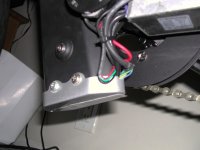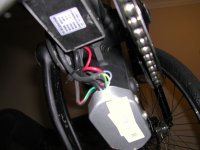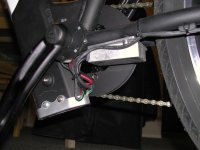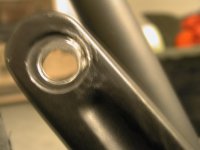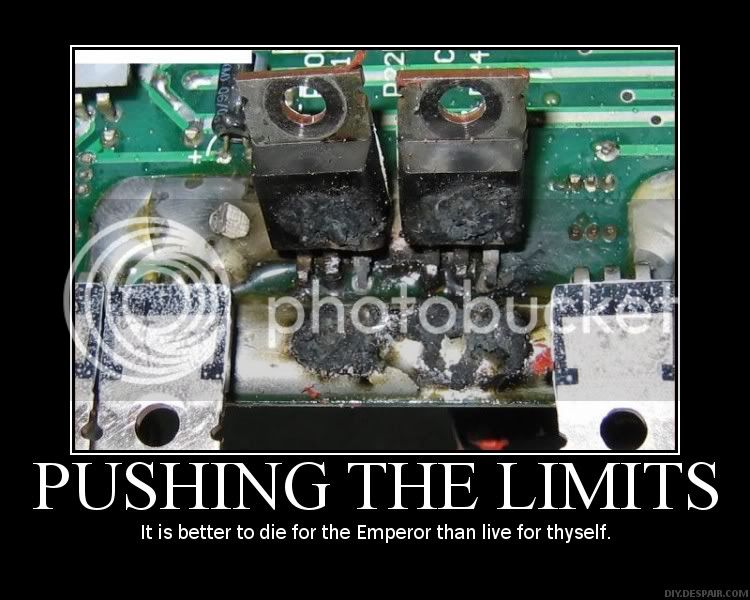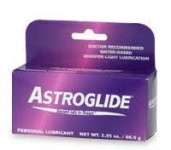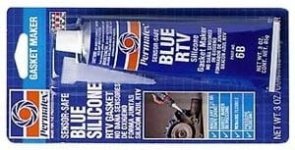andrey320
1 W
I think I need to take that promo of the bike back....
My bike broke on the way home!
One of the pedals ate away the thread inside the crank and fell off. At least its a mechanical failure. The bike will not give me assist unless I am pedaling. I think it was designed this way. That is why I thought it was broken. The motor only runs when the pedals are above certain rpms or at a certain RPMs. So I had to "pretend" to pedal with one foot and push on the crank with the other. I pretty much "limped" home.
The batteries seem to work great though. 12 mile ride and lights show full power.
I registered the bike today and will call currietech tomorrow.
If I replace the cranks with slightly longer ones, will I get a little higher top pedaling speed?
I'll take pics and update tomorrow.
I'm bummed
My bike broke on the way home!
One of the pedals ate away the thread inside the crank and fell off. At least its a mechanical failure. The bike will not give me assist unless I am pedaling. I think it was designed this way. That is why I thought it was broken. The motor only runs when the pedals are above certain rpms or at a certain RPMs. So I had to "pretend" to pedal with one foot and push on the crank with the other. I pretty much "limped" home.
The batteries seem to work great though. 12 mile ride and lights show full power.
I registered the bike today and will call currietech tomorrow.
If I replace the cranks with slightly longer ones, will I get a little higher top pedaling speed?
I'll take pics and update tomorrow.
I'm bummed


